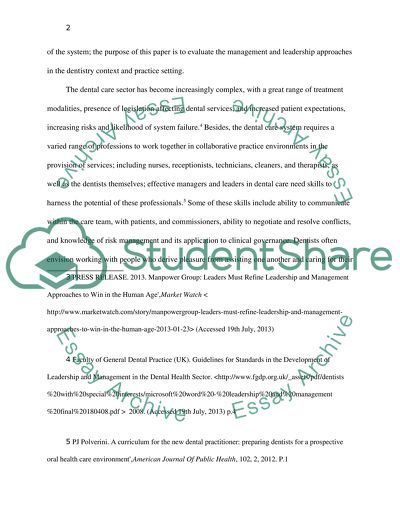Cite this document
(“Management and Leadership in Higher Education Essay - 1”, n.d.)
Management and Leadership in Higher Education Essay - 1. Retrieved from https://studentshare.org/education/1482762-management-and-leadership-in-higher-education
Management and Leadership in Higher Education Essay - 1. Retrieved from https://studentshare.org/education/1482762-management-and-leadership-in-higher-education
(Management and Leadership in Higher Education Essay - 1)
Management and Leadership in Higher Education Essay - 1. https://studentshare.org/education/1482762-management-and-leadership-in-higher-education.
Management and Leadership in Higher Education Essay - 1. https://studentshare.org/education/1482762-management-and-leadership-in-higher-education.
“Management and Leadership in Higher Education Essay - 1”, n.d. https://studentshare.org/education/1482762-management-and-leadership-in-higher-education.


